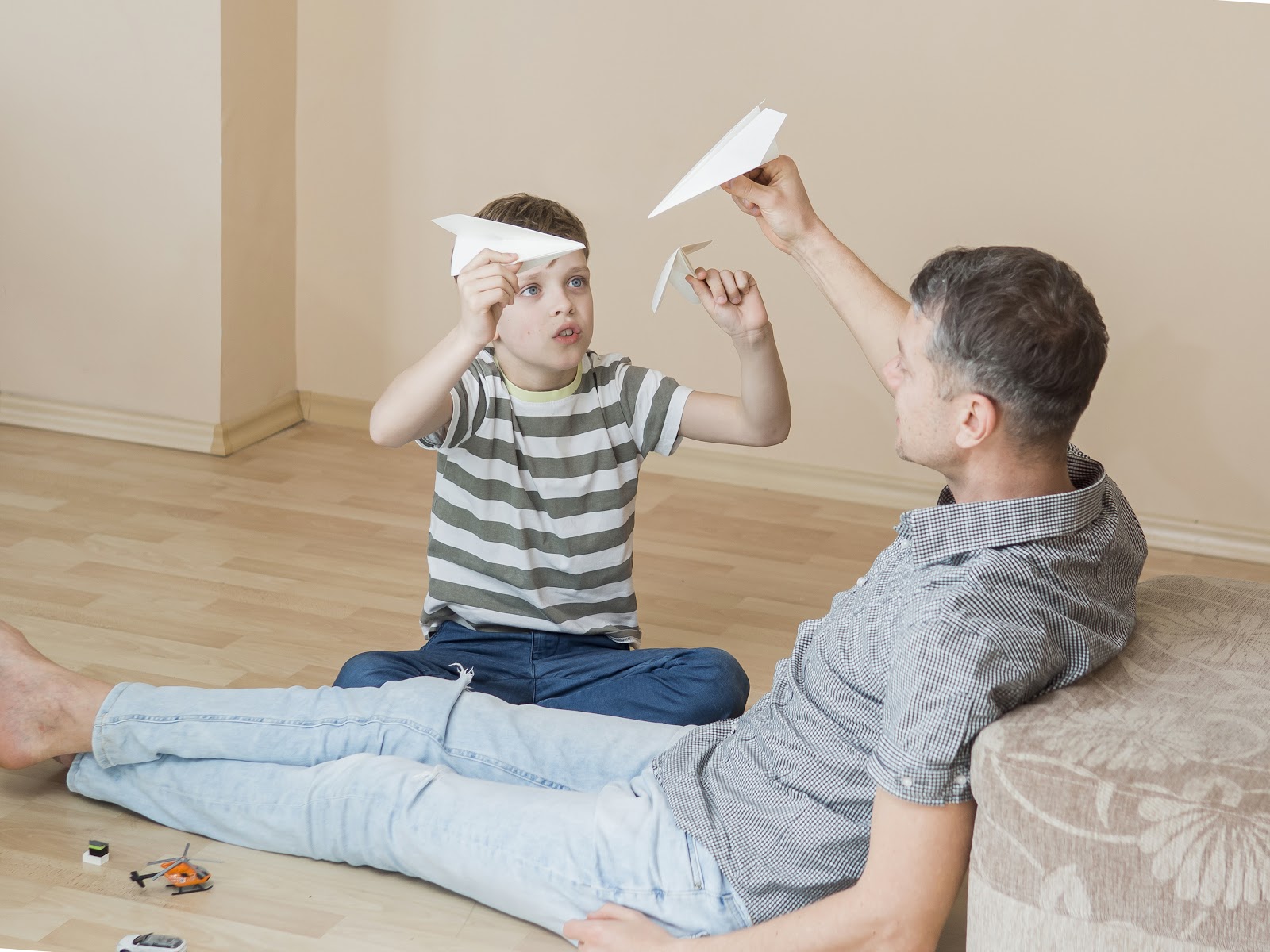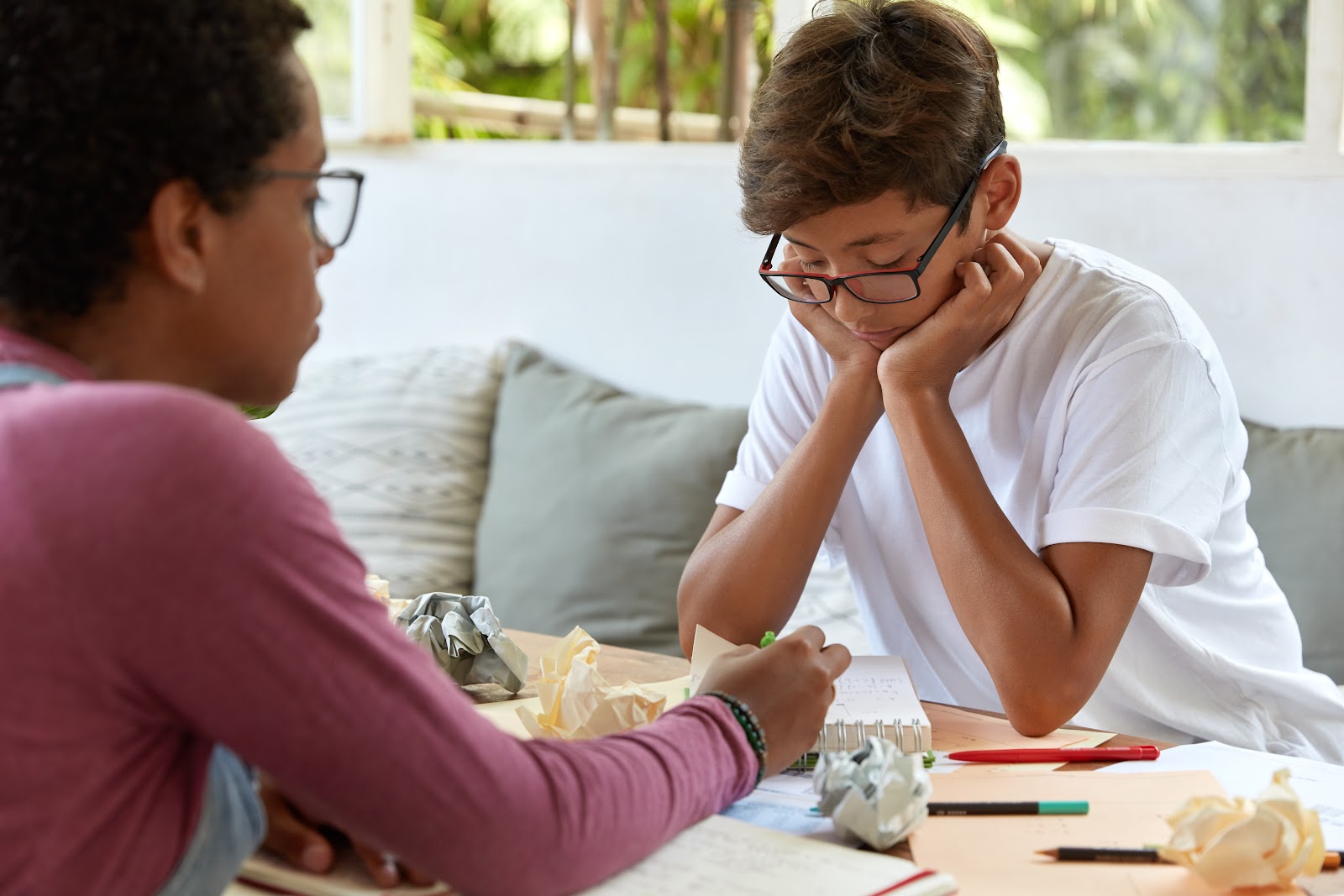How to reduce anxiety in a child the smart and easy way
Assisting a kid with overseeing uneasiness in a brilliant, compelling, and delicate way can have an enduring positive effect. Here are a few straightforward systems you could see as supportive:
1. Show Profound Breathing Methods
Action: Attempt "swell relaxing" — have your youngster claim to explode an inflatable. Take full breaths, hold briefly, and afterward leisurely breathe out, "flattening the inflatable." Rehash this a couple of times. This can quiet their sensory system.
2. Make a Quiet Down Pack
What to Include: Incorporate things like a most loved toy, a little container of air pockets (blowing bubbles eases back breathing), squirm toys, shading supplies, or a pressure ball. Allow your kid to pick what assists them with feeling great and keep the unit in an open spot.
3. Utilize Positive Symbolism
Perception: Guide your kid to envision a "protected place" where they feel cheerful and quiet. Request that they shut their eyes and envision this spot with tangible subtleties, similar to what it looks like, sounds, and feels. Rehearsing this routinely can assist them with going there in snapshots of tension.
4. Energize Naming Feelings
Feeling Words: Help them to name what they're feeling, as "anxious," "stressed," or "terrified." You might in fact make a straightforward diagram with various countenances or emoticons. Naming the inclination assists them with understanding it's alright to have this impression and gives them command over it.
5. Use "What If" Situations
Talking Through Fears: For a restless kid, tending to "Imagine a scenario in which" stresses can engage. Delicately assist them with thoroughly considering "Imagine a scenario where" situations in a protected way — e.g., "Imagine a scenario where the test is hard?" trailed by systems, such as taking full breaths or asking the educator for help.
6. Practice Care and Establishing Procedures
5-4-3-2-1 Technique: Request that they name five things they see, four they can contact, three they hear, two they smell, and one they taste. This can rapidly take them back to the current second and assist with lessening restless sentiments.
7. Give Design and Schedule
Consistency: Kids have a solid sense of safety with schedules. Knowing what's in store next decreases sensations of vulnerability, a typical uneasiness trigger. Indeed, even little schedules, similar to sleep time customs, can have a major effect.
8. Model Quiet Way of behaving
Be a Quiet Good example: Show them how you oversee pressure. Youngsters frequently advance by noticing grown-ups, so practice and model quieting techniques when you're worried, similar to profound breathing or enjoying some time off.
9. Set Little, Sensible Objectives
Separate Difficulties: In the event that they're restless about something significant (like school or another action), separate it into more modest, reasonable advances. For instance, on the off chance that they're anxious about school, begin with visiting the structure before school starts or meeting the educator early.
10. Acclaim Endeavors, Not Simply Results
Uplifting feedback: Recognize and adulate them for attempting to deal with their tension, regardless of whether they're just incompletely fruitful. Tell them that trying itself is a major achievement, and urge them to continue onward.
Utilizing these systems can have a major effect in assisting a kid with overseeing uneasiness in an engaging and delicate manner




Comments
Post a Comment